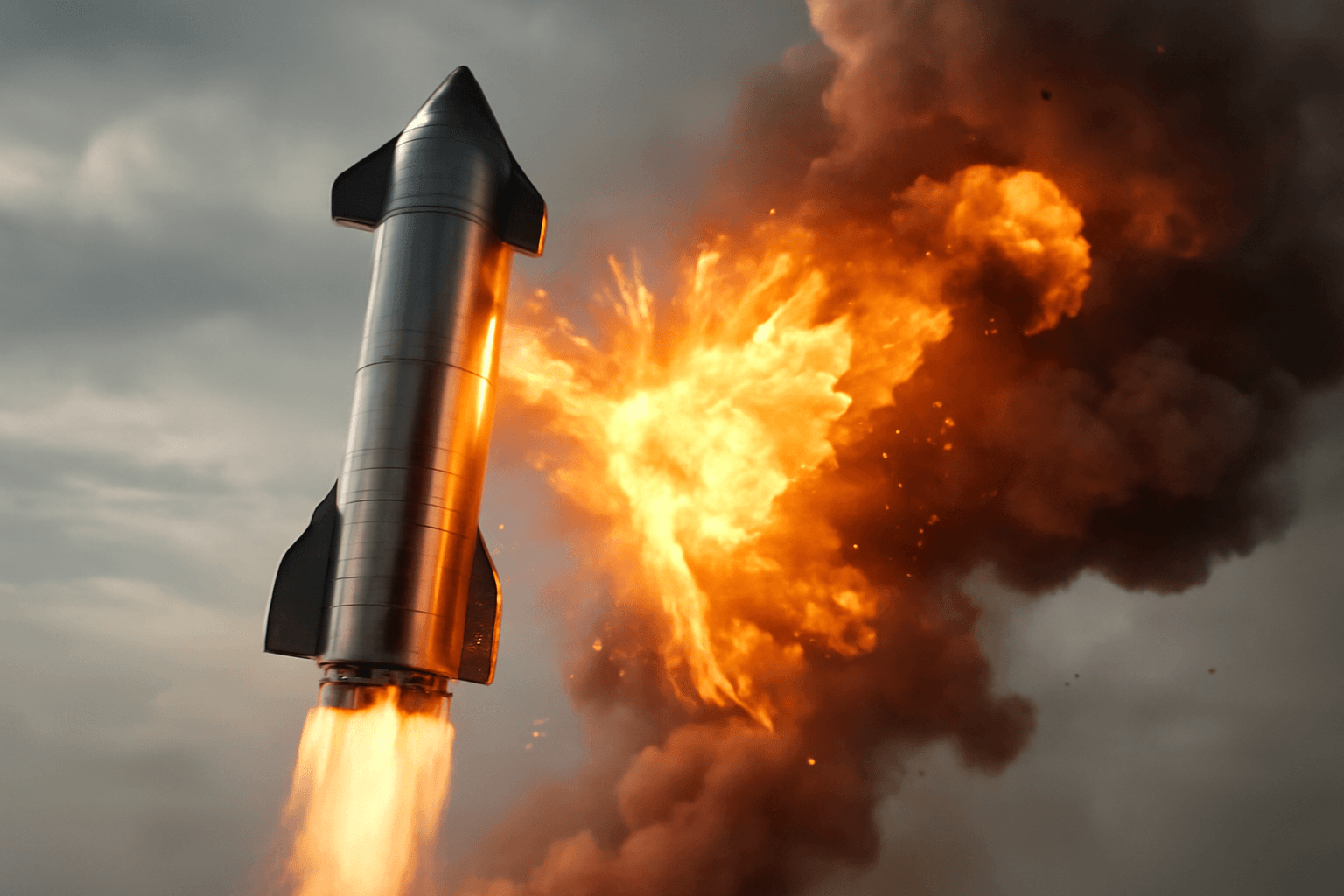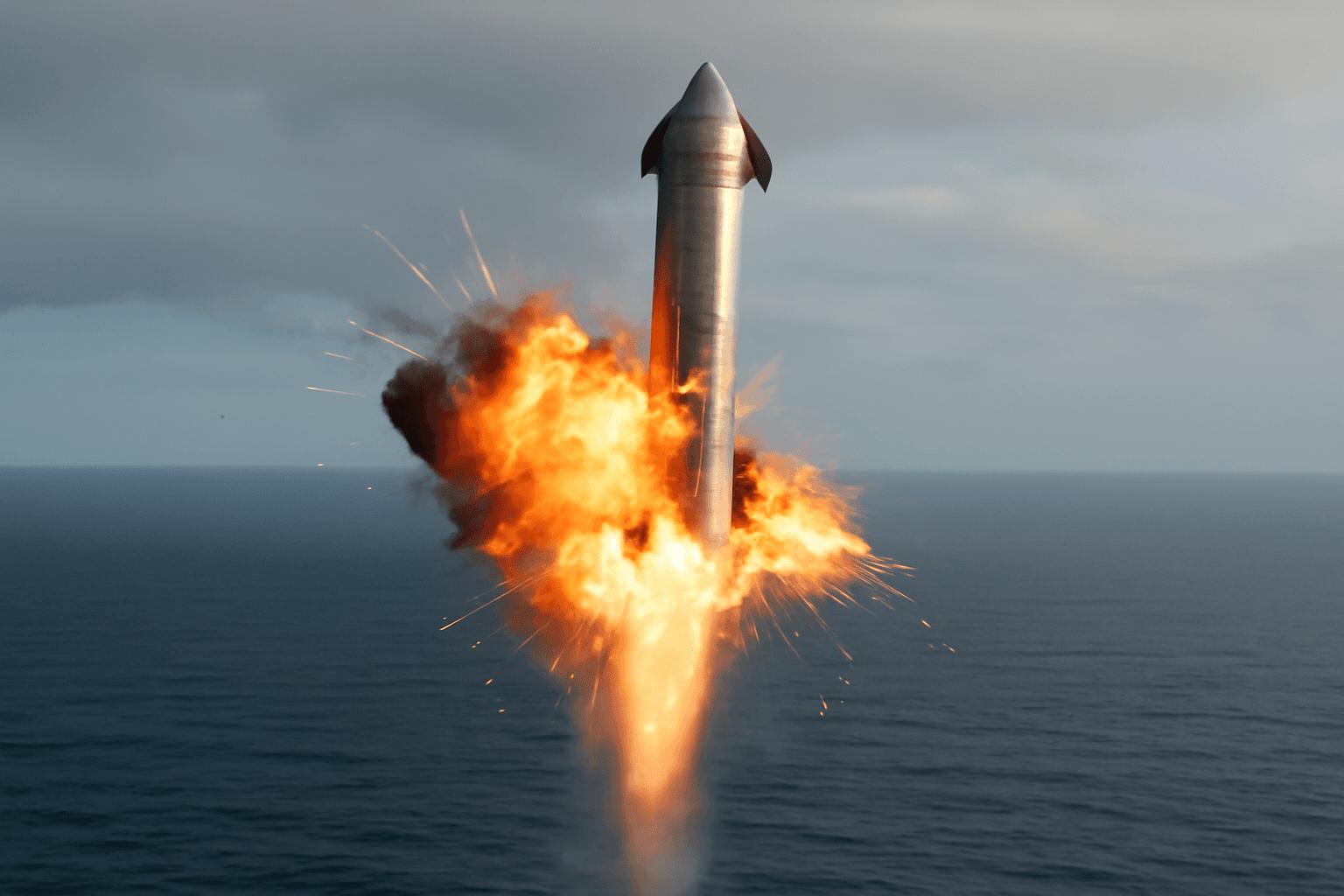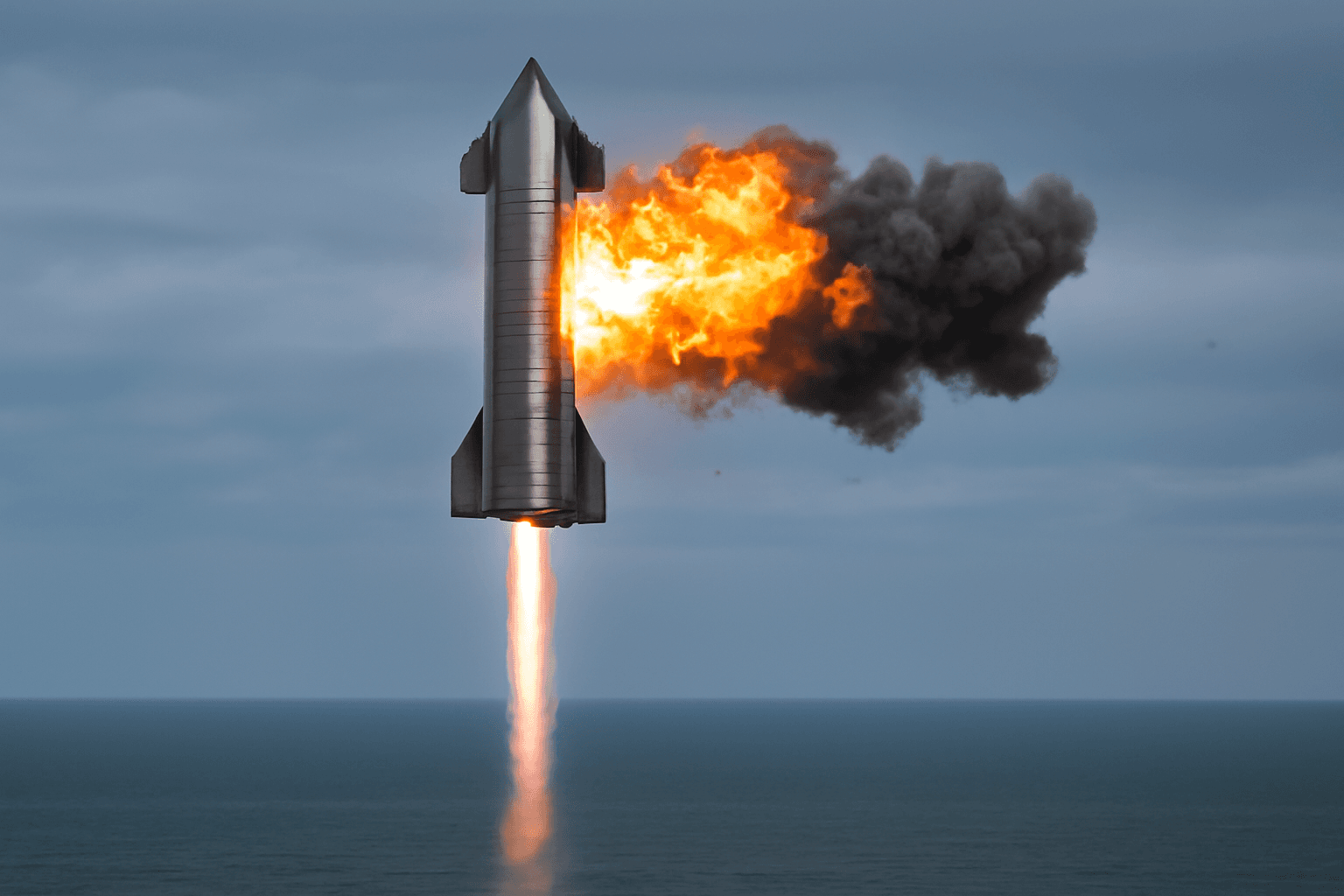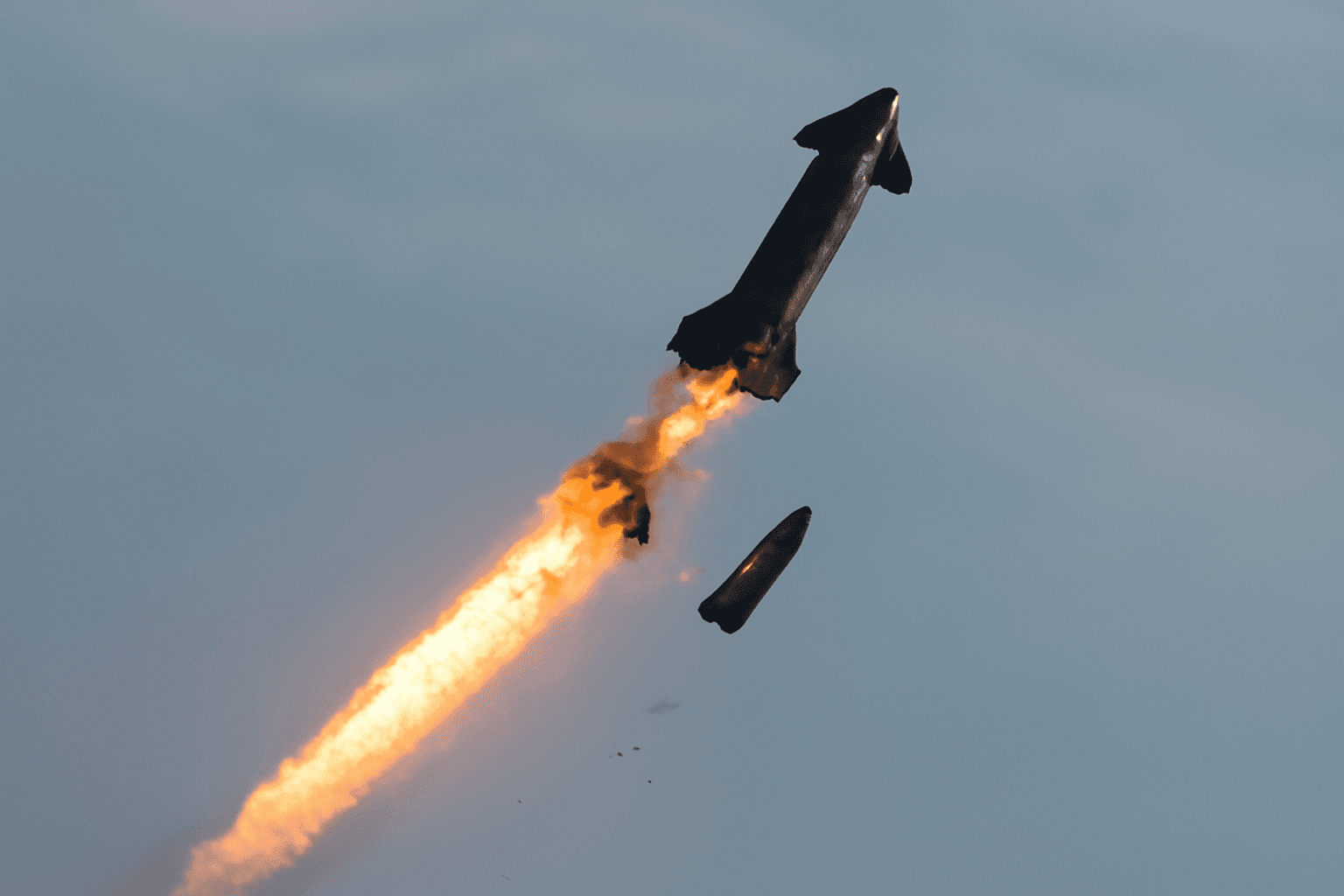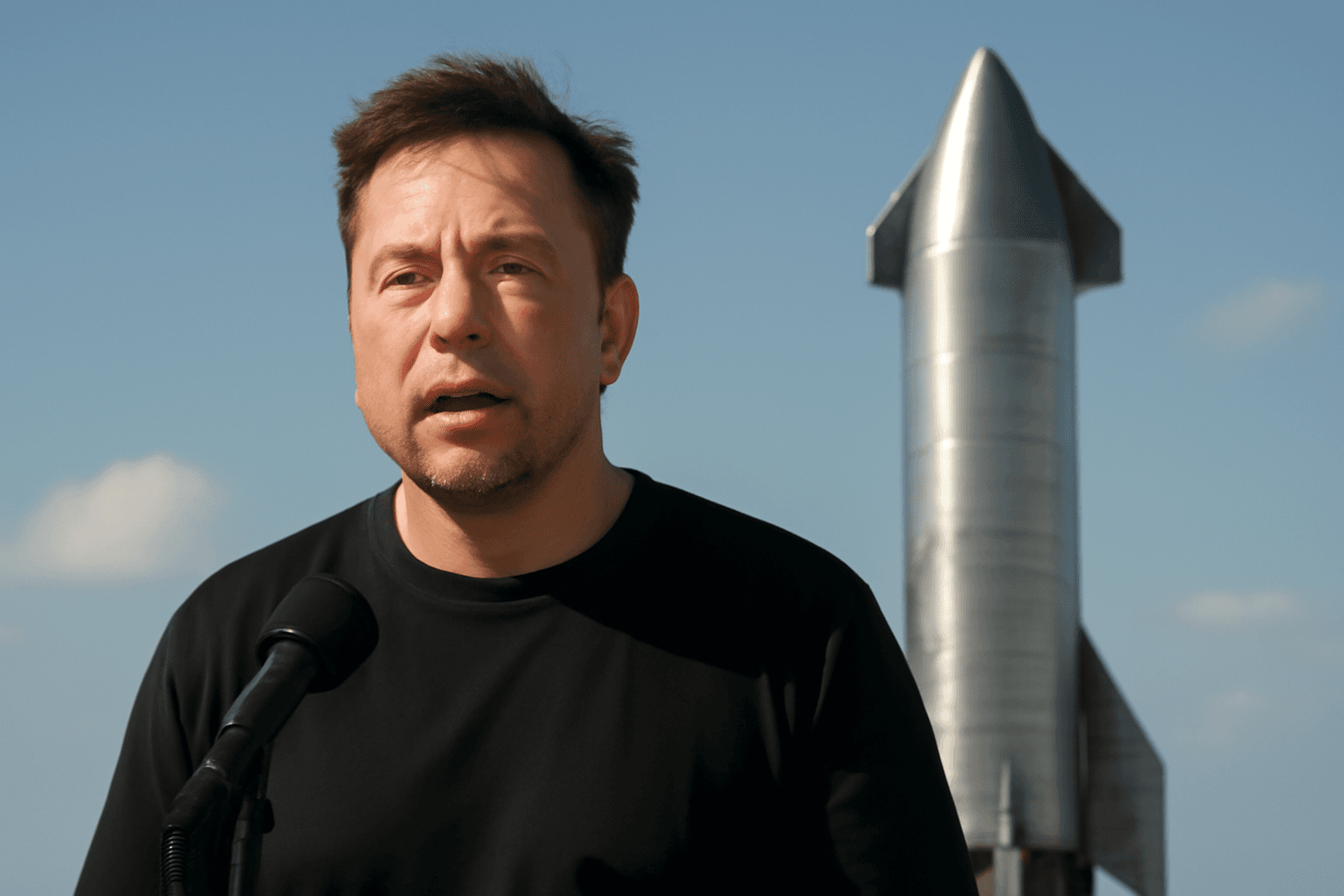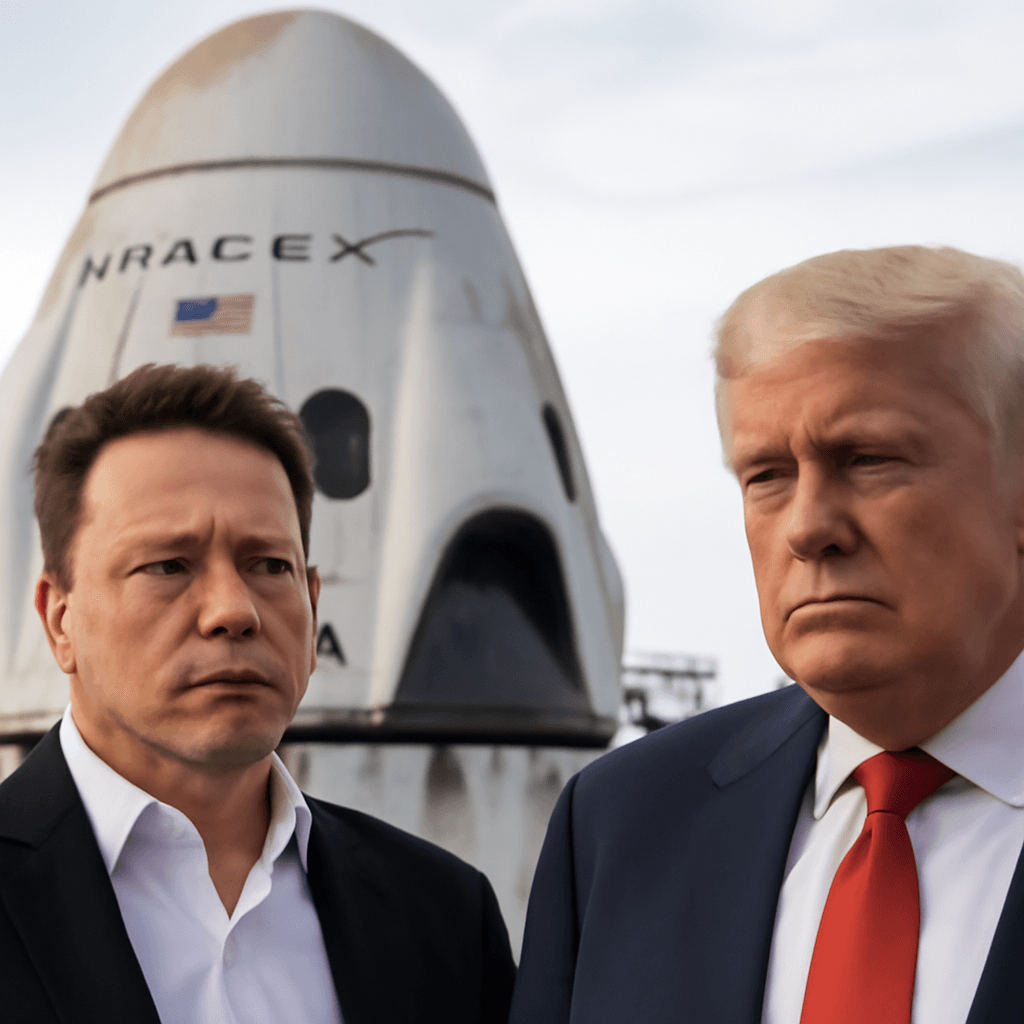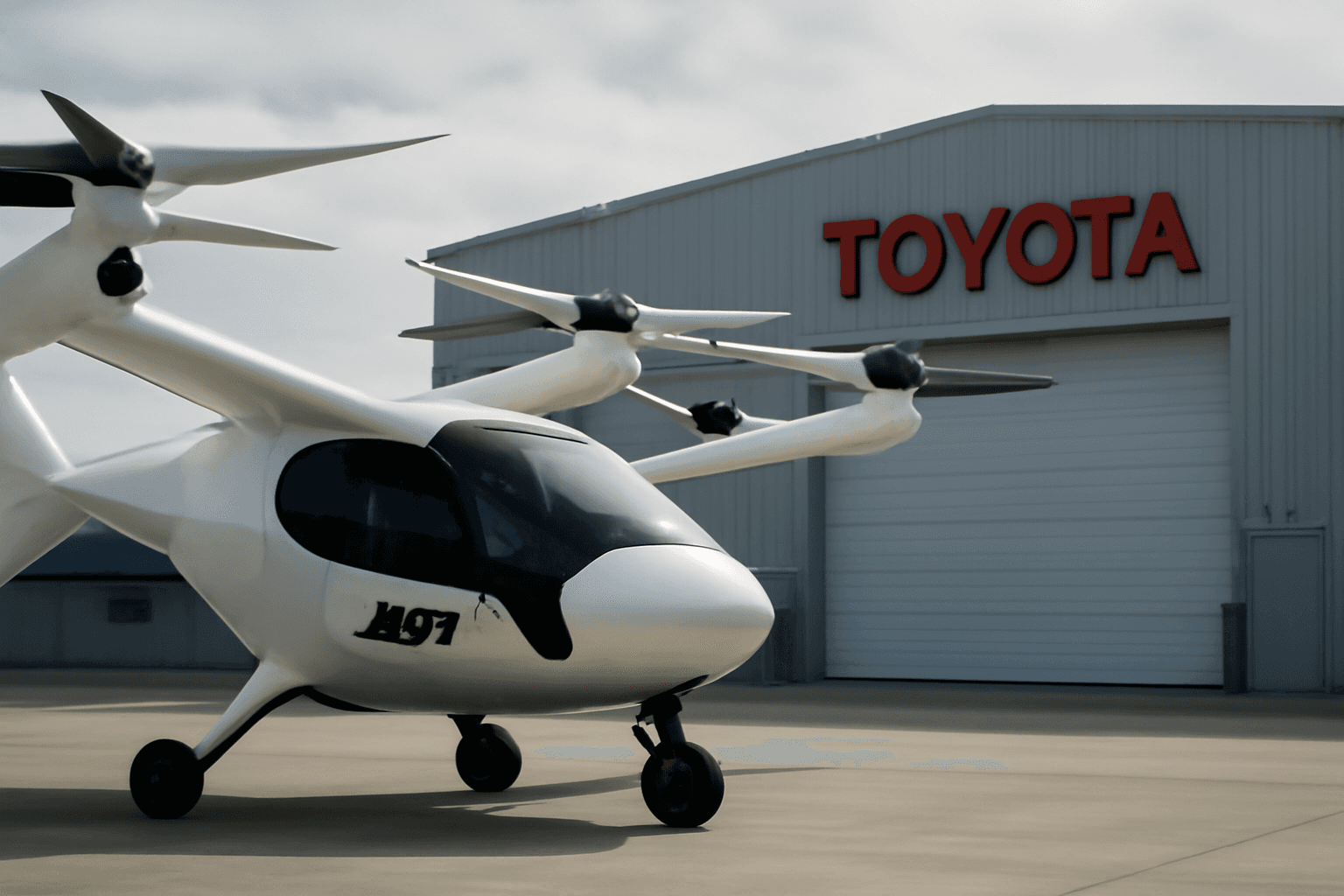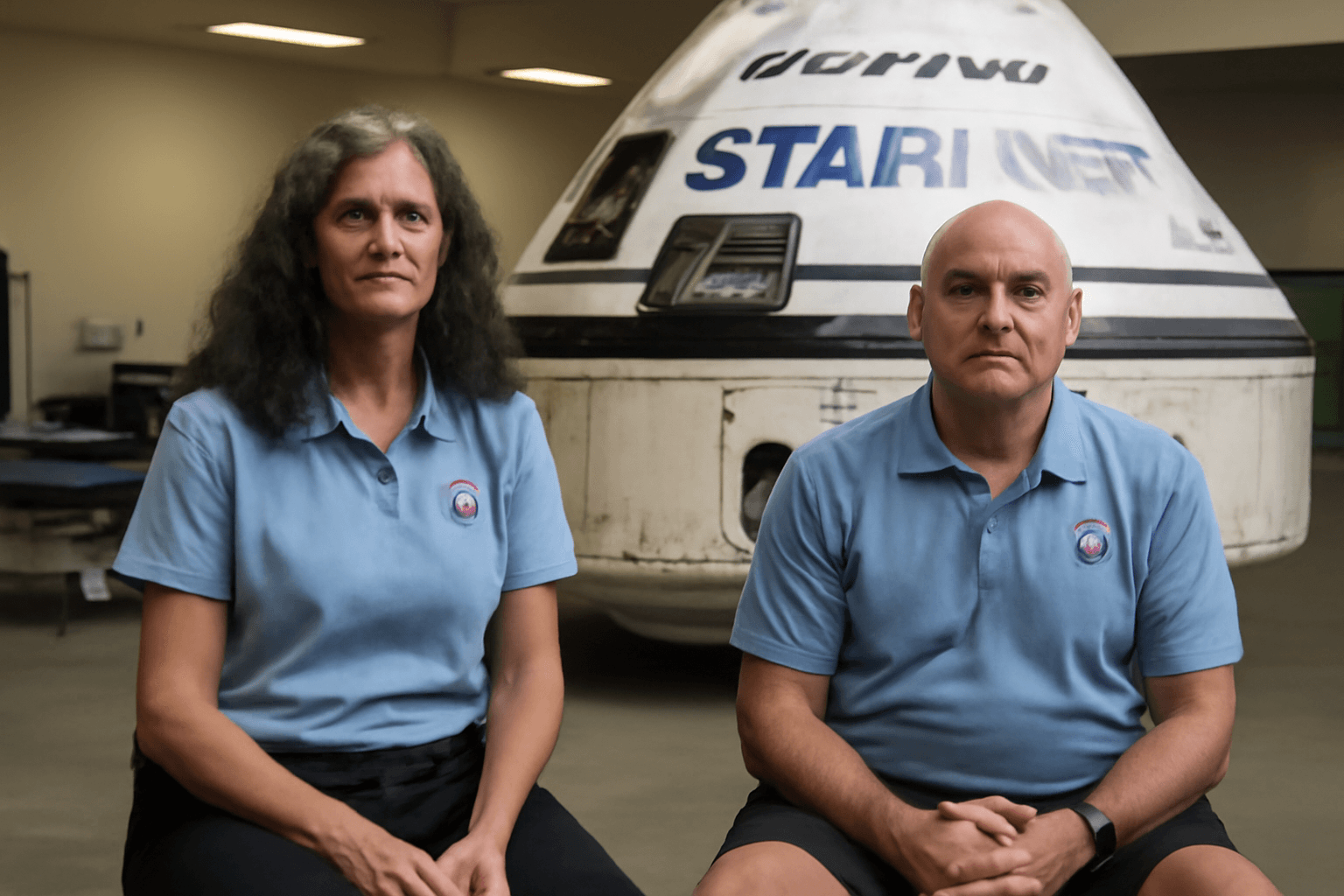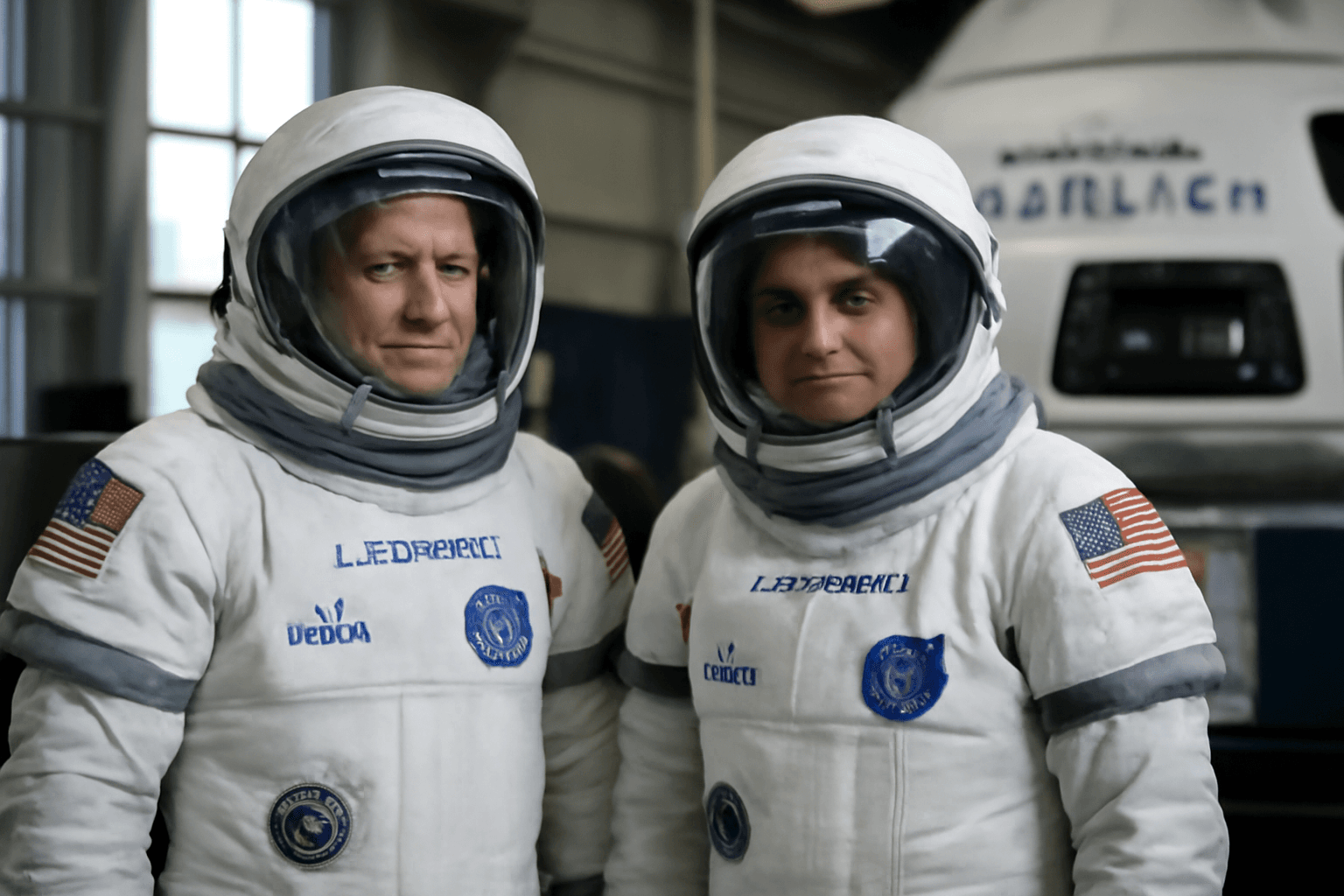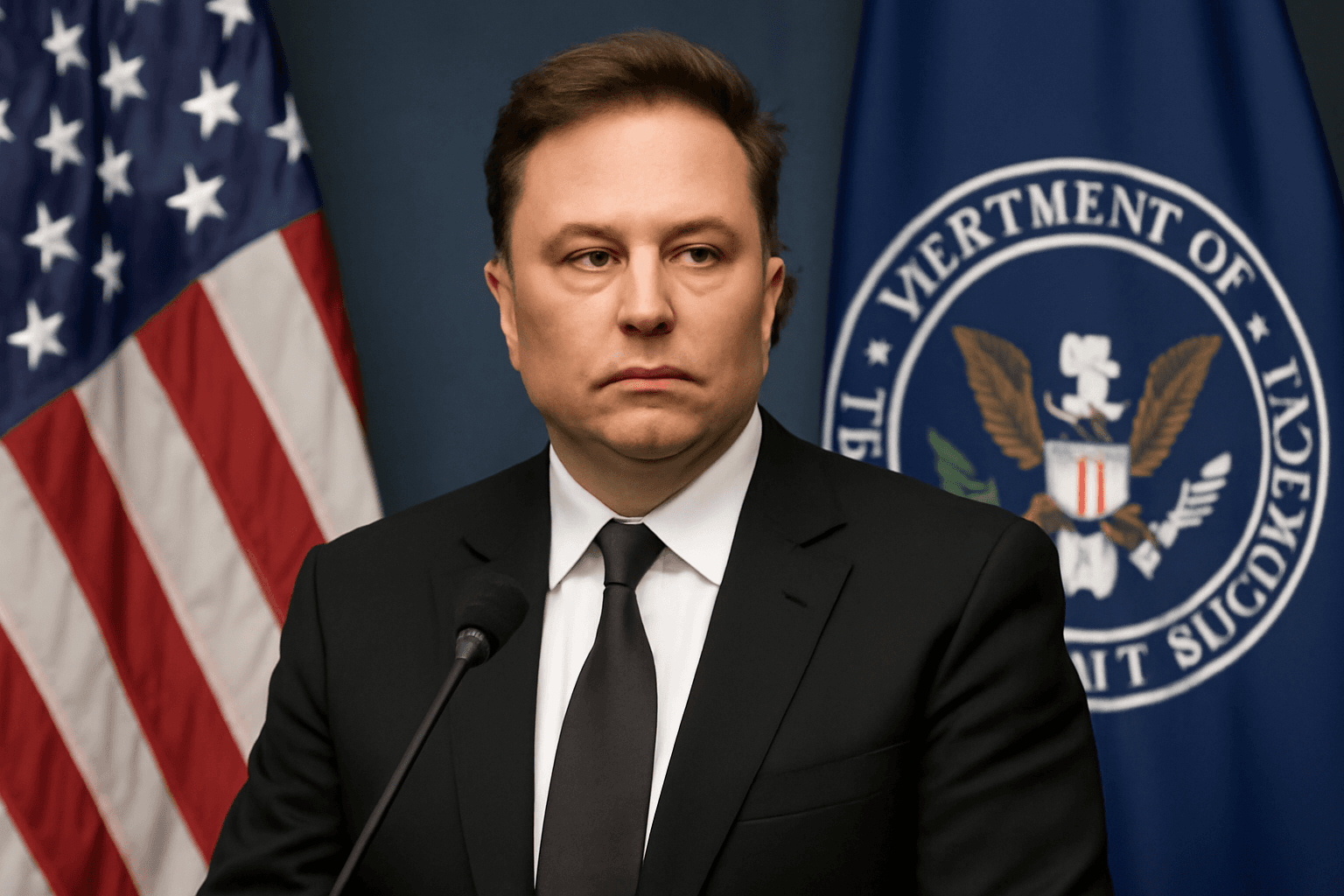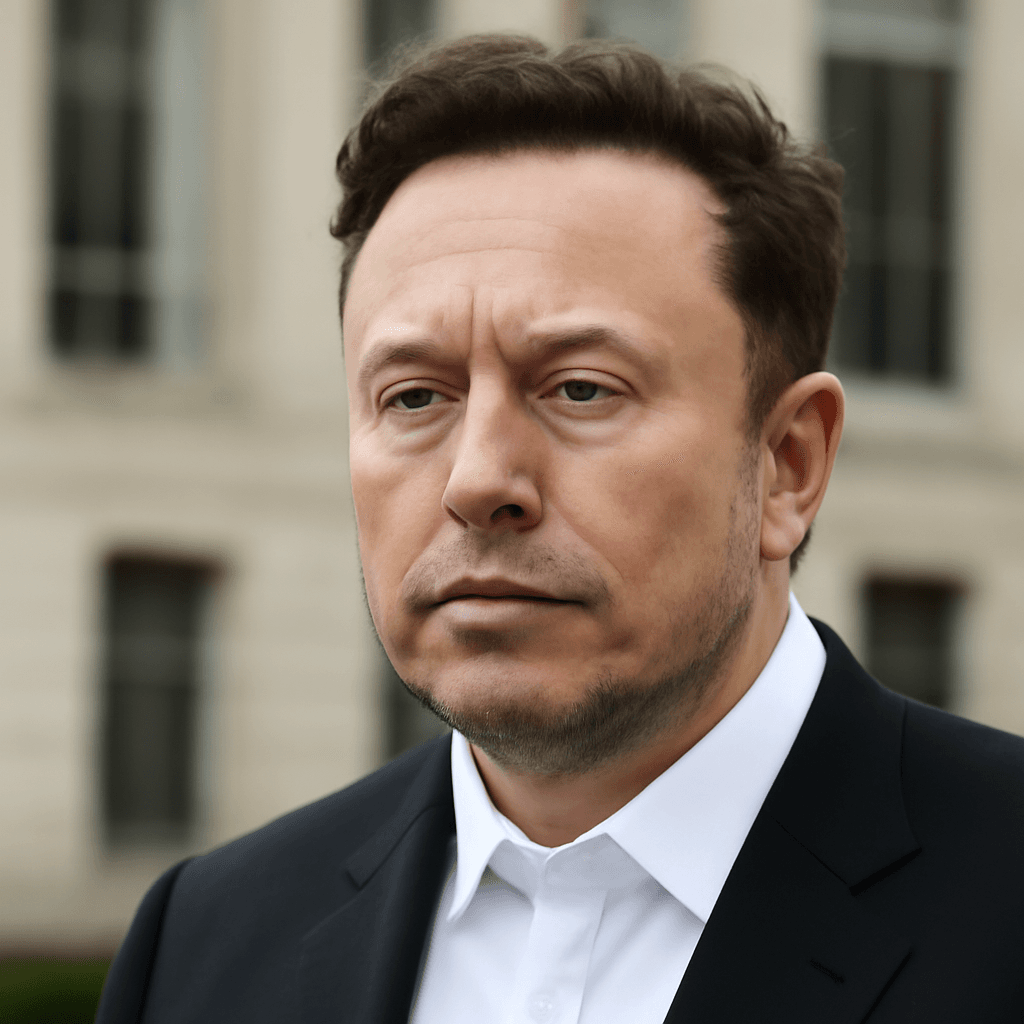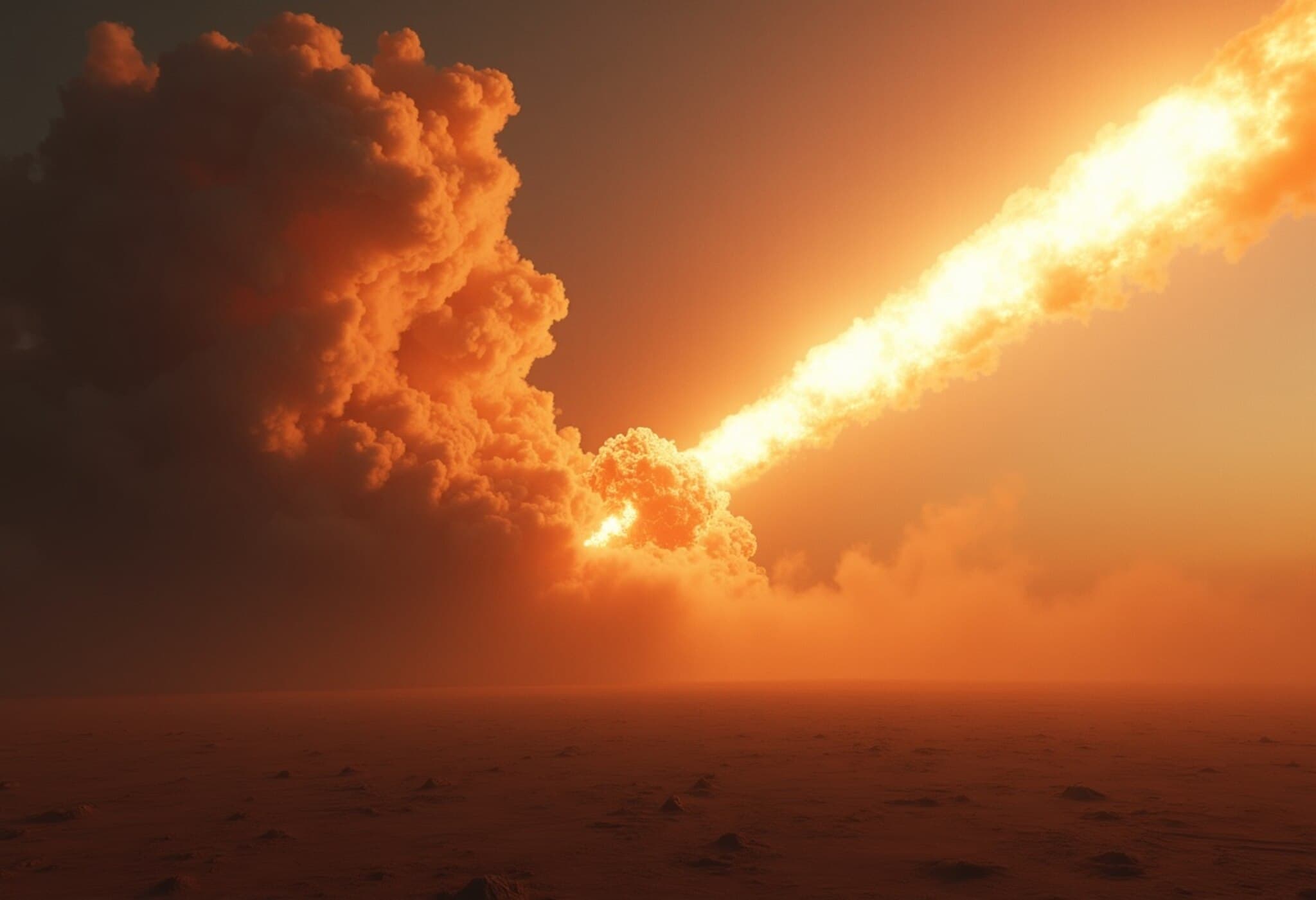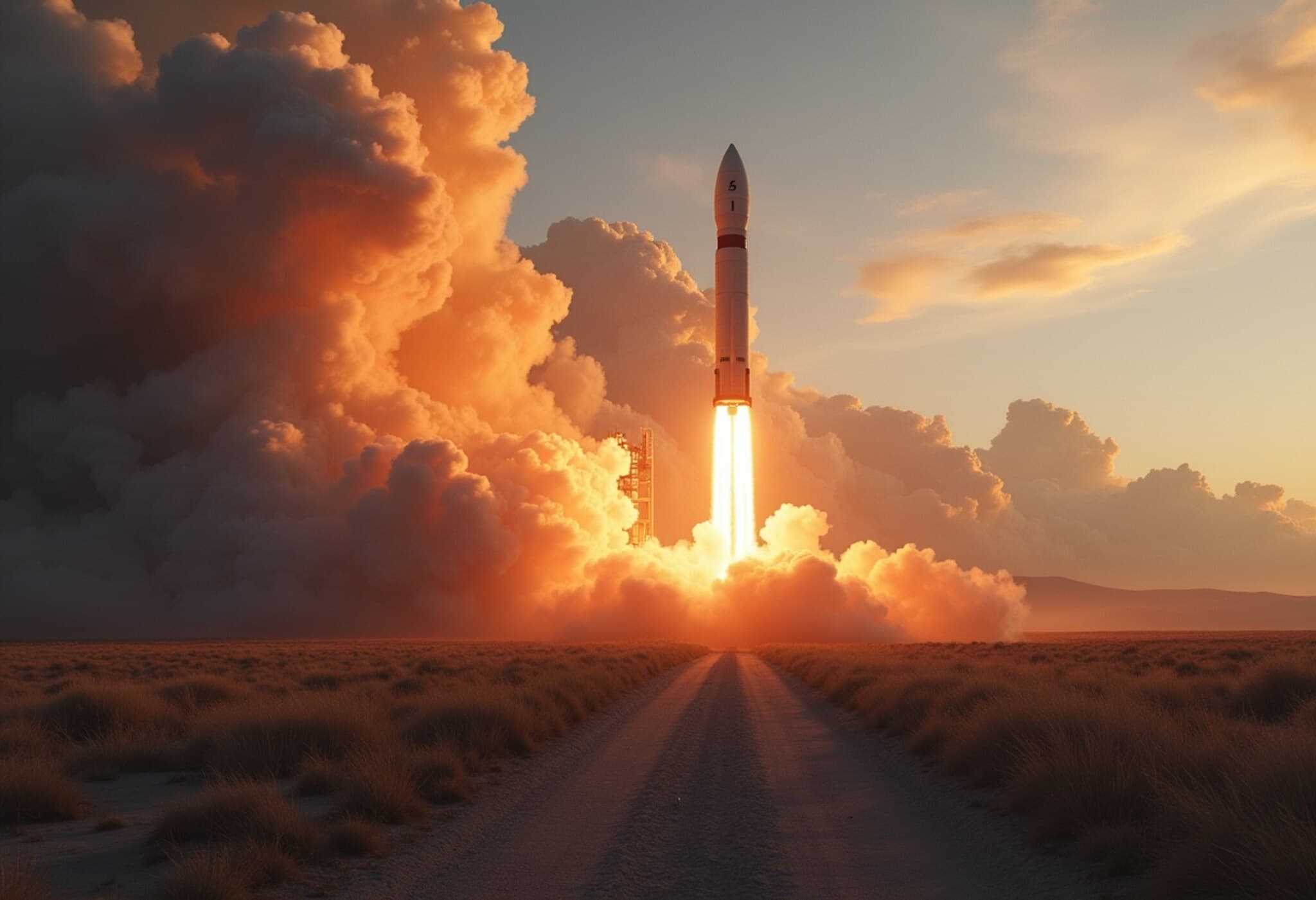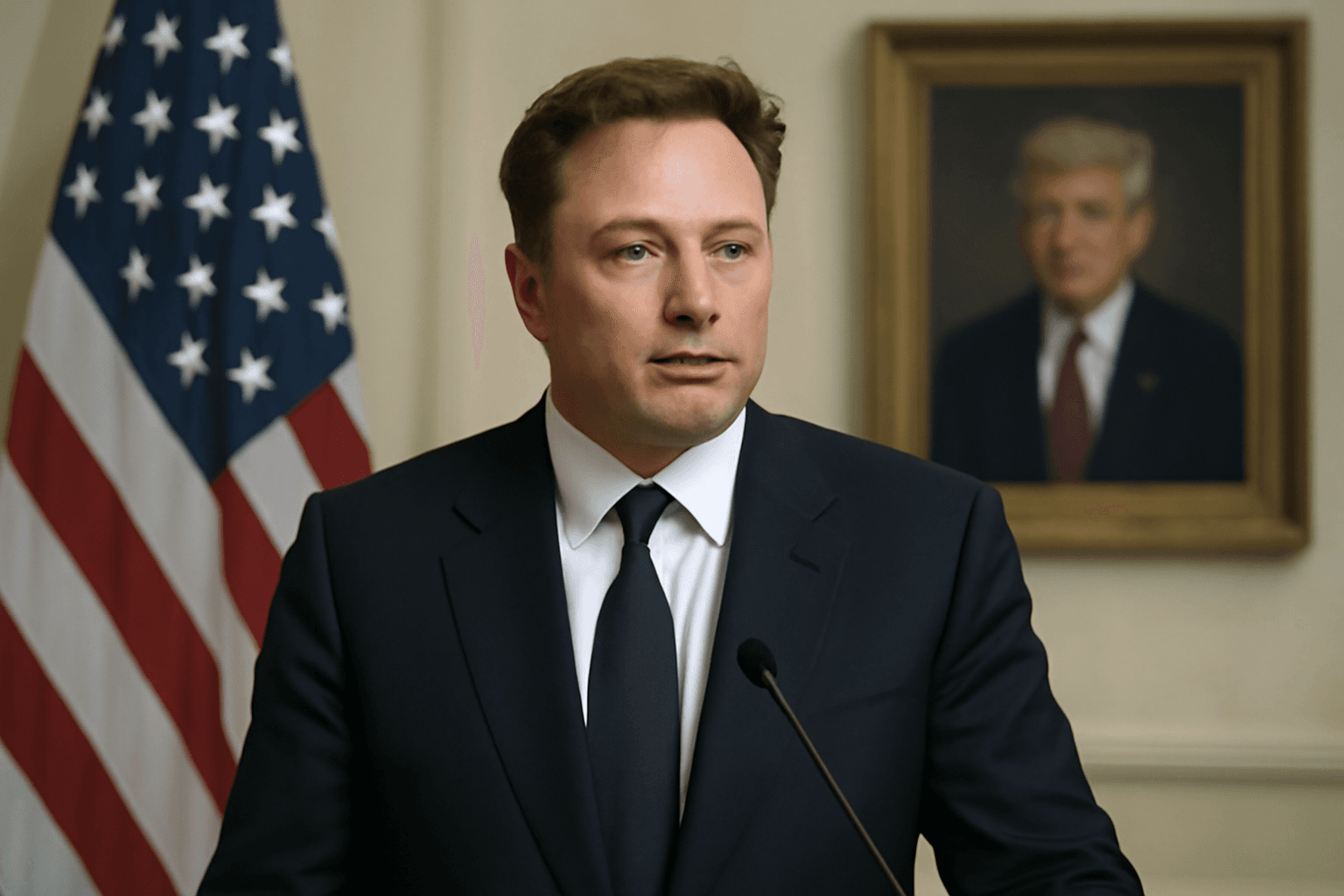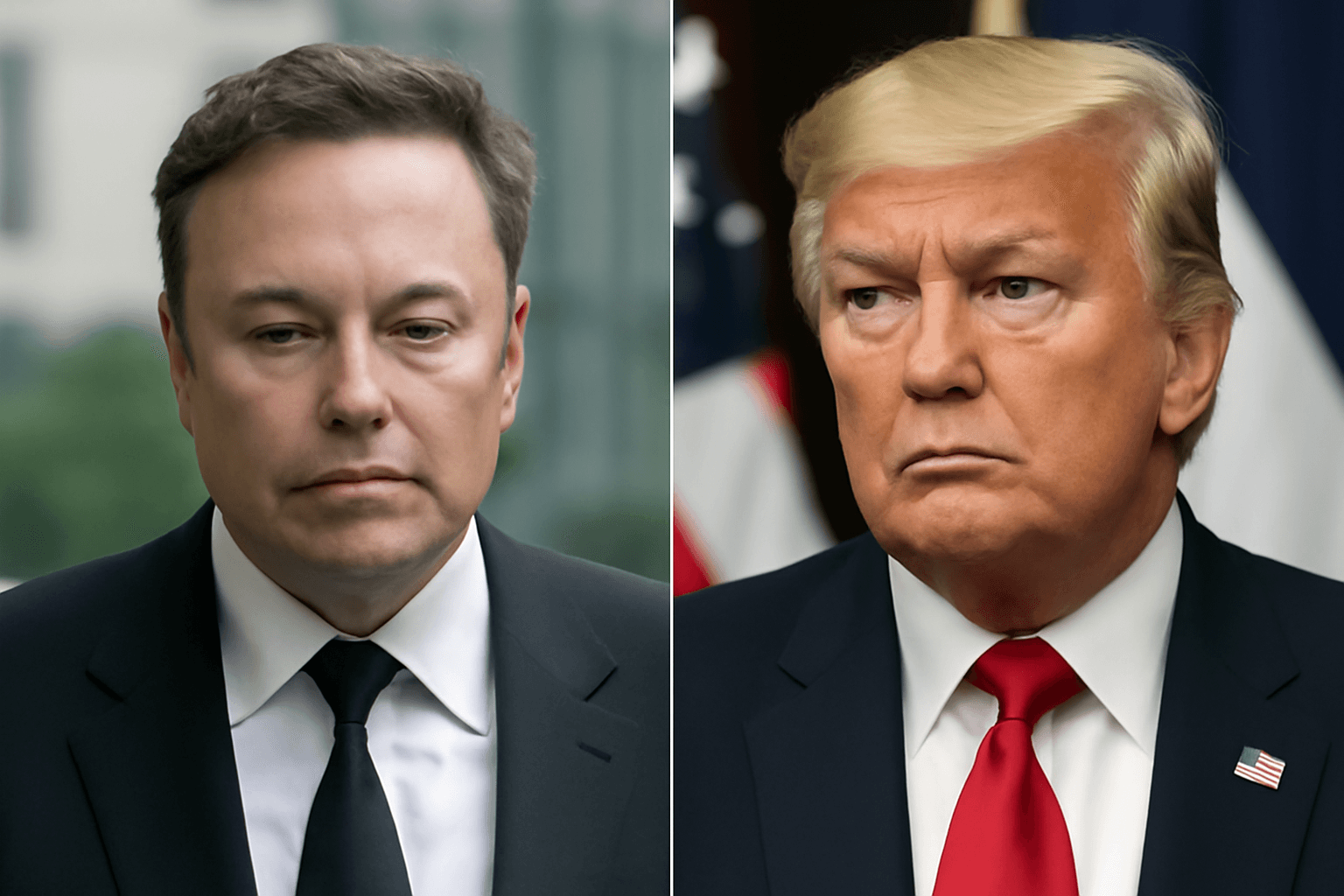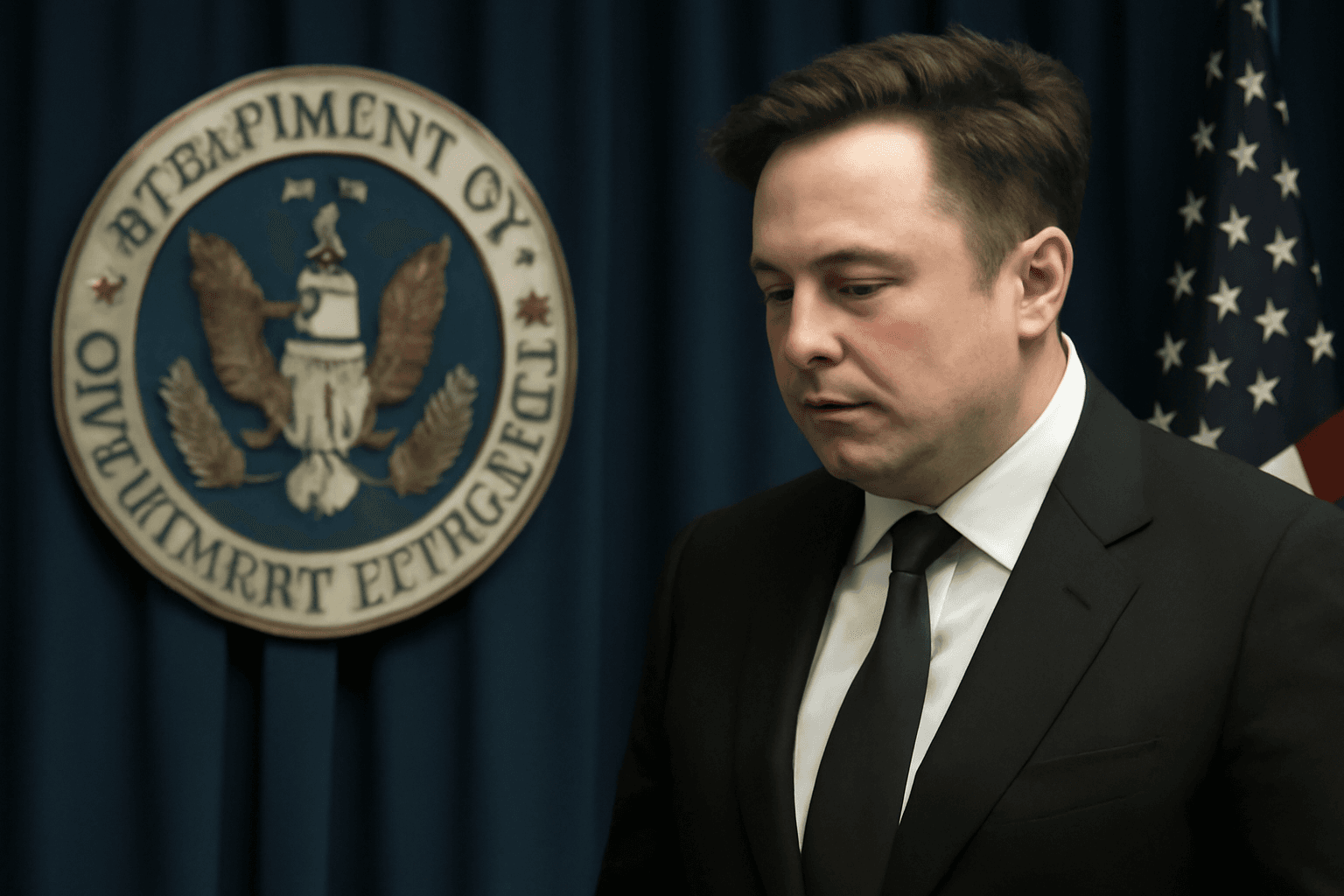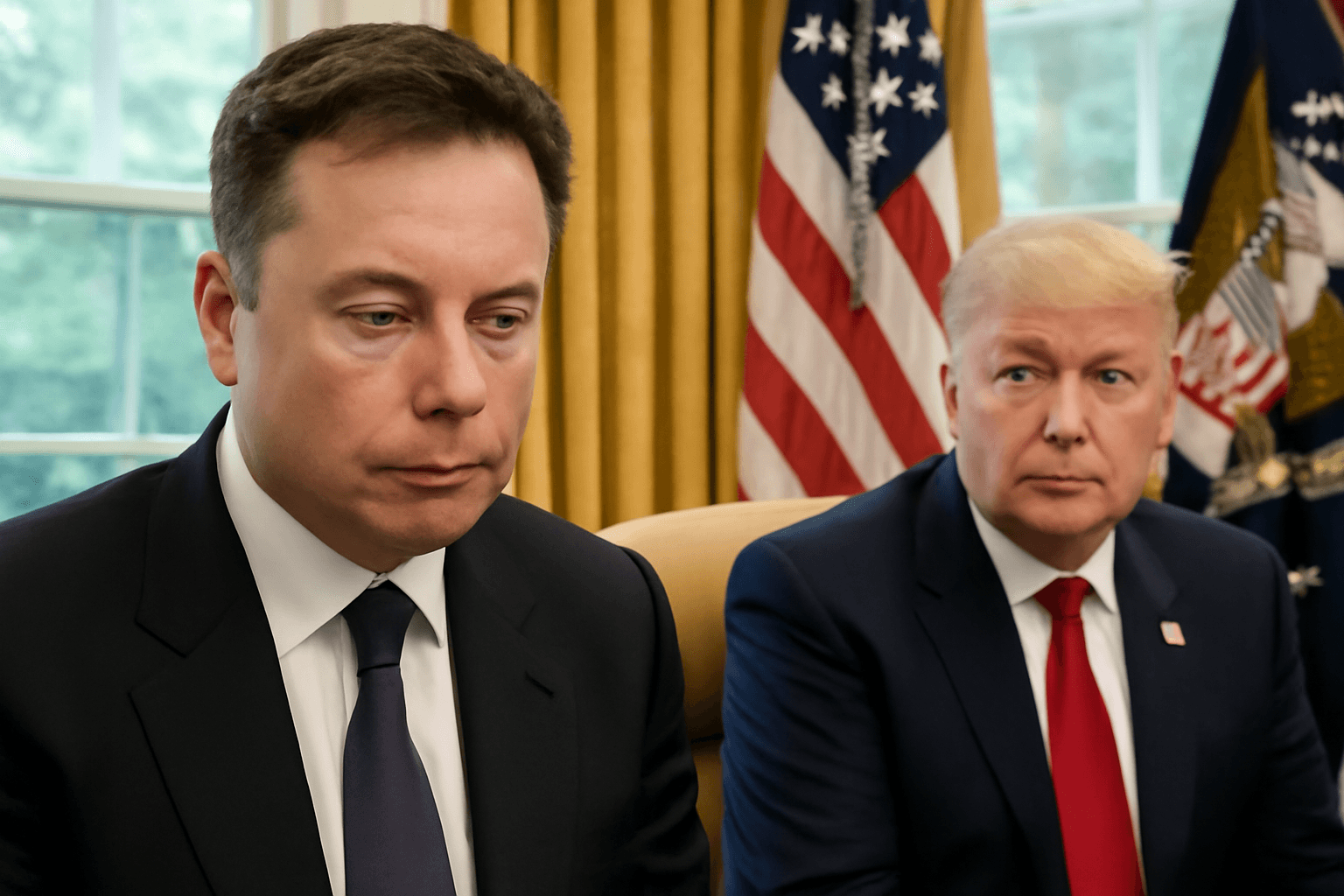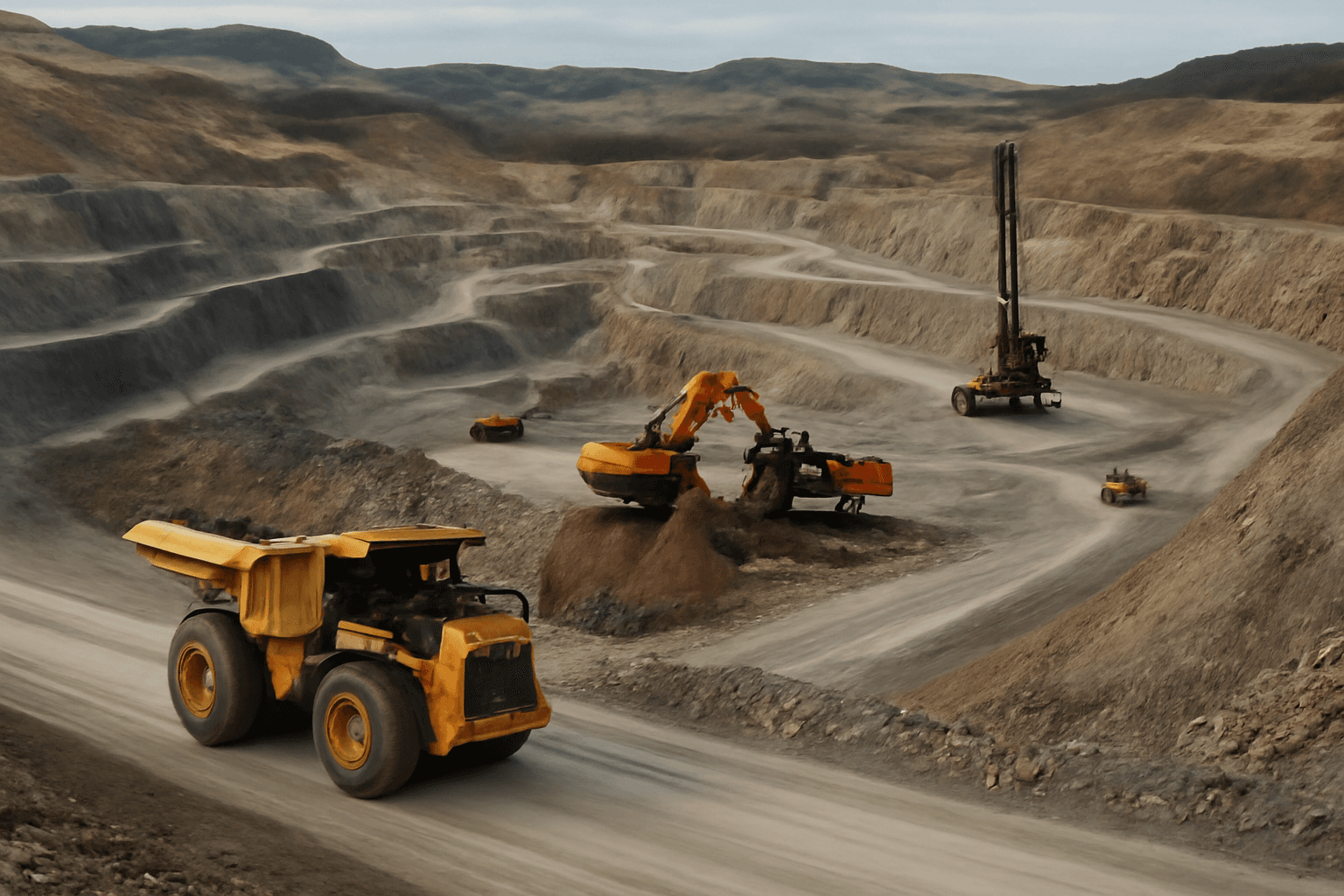SpaceX experienced its third consecutive setback Tuesday when its Starship system exploded during an uncrewed test flight, marking the ninth such trial of the next-generation rocket system designed to transport people and cargo around Earth, to the Moon, and eventually to Mars.
The explosion occurred shortly after launch at SpaceX's Starbase facility in Texas. A livestream of the event captured the Super Heavy booster exploding, followed by a severe fuel leak on the Starship spacecraft, which spun out of control and disintegrated upon reentry.
Standing approximately 400 feet tall when stacked, the Starship rocket combined with the Super Heavy booster is SpaceX's largest launch system to date. Previous test flights in January and March also ended in explosions, highlighting ongoing challenges in perfecting the vehicle's complex systems.
The Federal Aviation Administration (FAA) confirmed it was aware of the anomaly and is actively collaborating with SpaceX on the incident. Importantly, the agency noted there were no reports of injuries or damage to public property resulting from the flight.
Elon Musk, SpaceX CEO and the world's wealthiest individual, acknowledged the progress achieved during the flight. He noted that the Starship reached the scheduled engine cutoff, marking a significant improvement over prior tests. Moreover, Musk confirmed that the heat shield sustained no major damage during ascent.
However, he identified fuel leaks as the cause of pressure loss in the main tank during coasting and reentry phases, which contributed to the vehicle's failure. In response, Musk committed to accelerating the launch cadence, aiming to conduct missions approximately every three to four weeks.
This announcement follows the FAA's recent approval allowing SpaceX to increase its annual Starship launches beyond the previous five-launch limit imposed on operations at the Texas spaceport.
SpaceX emphasized the value of learning from each test to incrementally improve Starship's reliability. The company stated that such setbacks are integral to refining the technology necessary for its goal of making life multiplanetary.
Beyond SpaceX, Musk also leads the artificial intelligence firm xAI and the Trump administration’s Department of Government Efficiency (DOGE). Under his leadership, DOGE has implemented significant reductions in federal agency funding and staffing, including agencies overseeing SpaceX operations like the FAA and the Environmental Protection Agency.
Since 2008, SpaceX has received over $19 billion in federal funding and is expected to continue receiving billions annually. Additionally, SpaceX and its partners are leading contenders to secure significant contracts related to the U.S. missile defense system.

